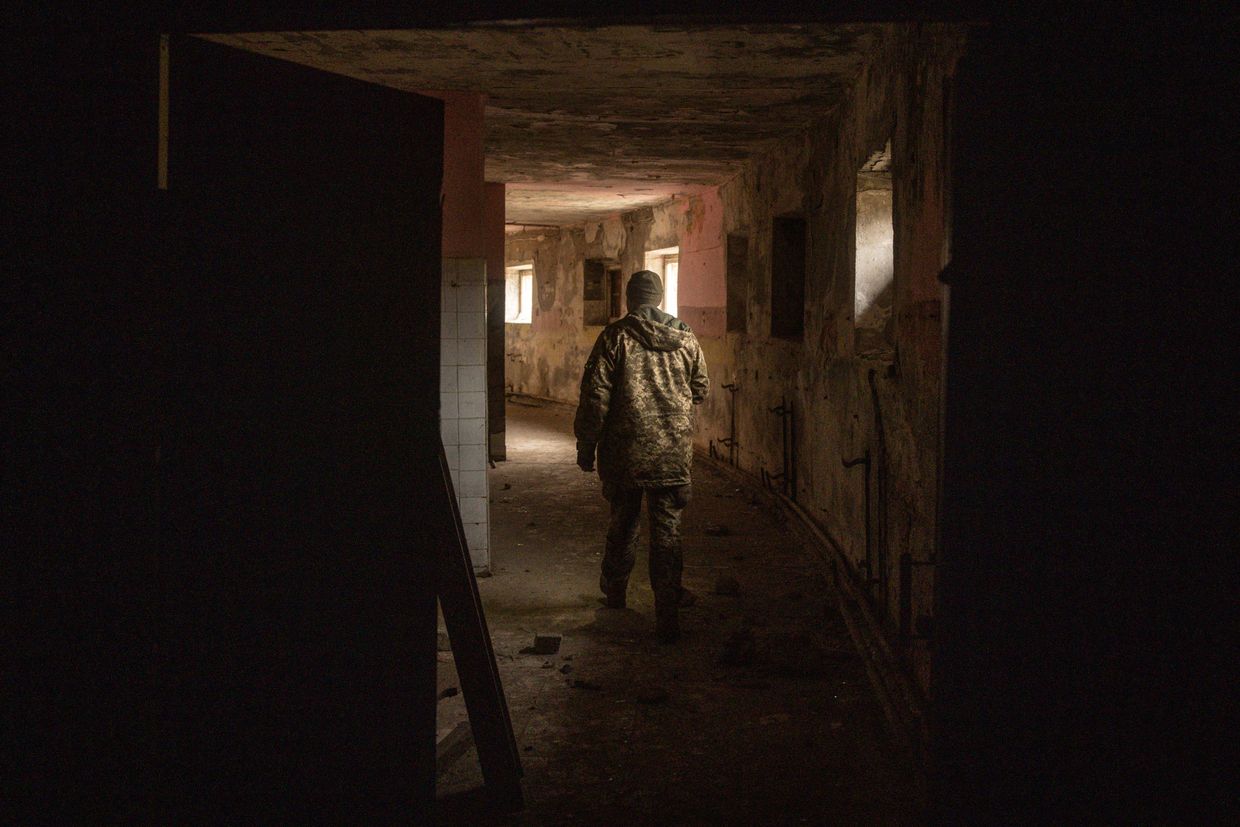The visit marks Merz’s first trip to Ukraine, and the first time all four leaders have travelled there together.
The number includes 1,310 casualties that Russian forces suffered over the past day.
"We have a plan B and a plan C. But our focus is plan A, the essence of which is to get everyone's support" for Ukraine's accession, EU foreign policy chief Kaja Kallas said.
"(T)he presence at the Victory Parade of a country that bombs cities, hospitals, and daycares, and which has caused the deaths and injuries of over a million people over three years, is a shame," Polish Prime Minister Donald Tusk said.
"According to the participants of the performances, their goal is to remind the civilized world of the barbaric actions of Moscow, which for many years and decades has systematically violated international law," a source in Ukraine’s military intelligence agency (HUR) told the Kyiv Independent.
"I have great hope that an agreement for a ceasefire in Ukraine will be reached this weekend," German Chancellor Friedrich Merz said on May 9, shortly before traveling to Kyiv alongside the leaders of France, Poland, and the U.K.
U.K. Prime Minister Keir Starmer, French President Emmanuel Macron, German Chancellor Friedrich Merz, and Polish Prime Minister Donald Tusk will arrive in Kyiv early on May 10.
The United States embassy in Kyiv on May 9 issued a warning that Russia could launch "a potentially significant" attack in the coming days, despite Putin's self-declared Victory Day "truce."
The sanctioned oil tankers have transported over $24 billion in cargo since 2024, according to Downing Street. The U.K. has now sanctioned more shadow fleet vessels than any other country.
The sanctions list includes 58 individuals and 74 companies, with 67 Russian enterprises related to military technology.
Washington and its partners are considering additional sanctions if the parties do not observe a ceasefire, with political and technical negotiations between Europe and the U.S. intensifying since last week, Reuters' source said.
Despite the Kremlin's announcement of a May 8–11 truce, heavy fighting continued in multiple regions throughout the front line.
Full text of US peace proposal at odds with Ukrainian, EU positions, Reuters reports
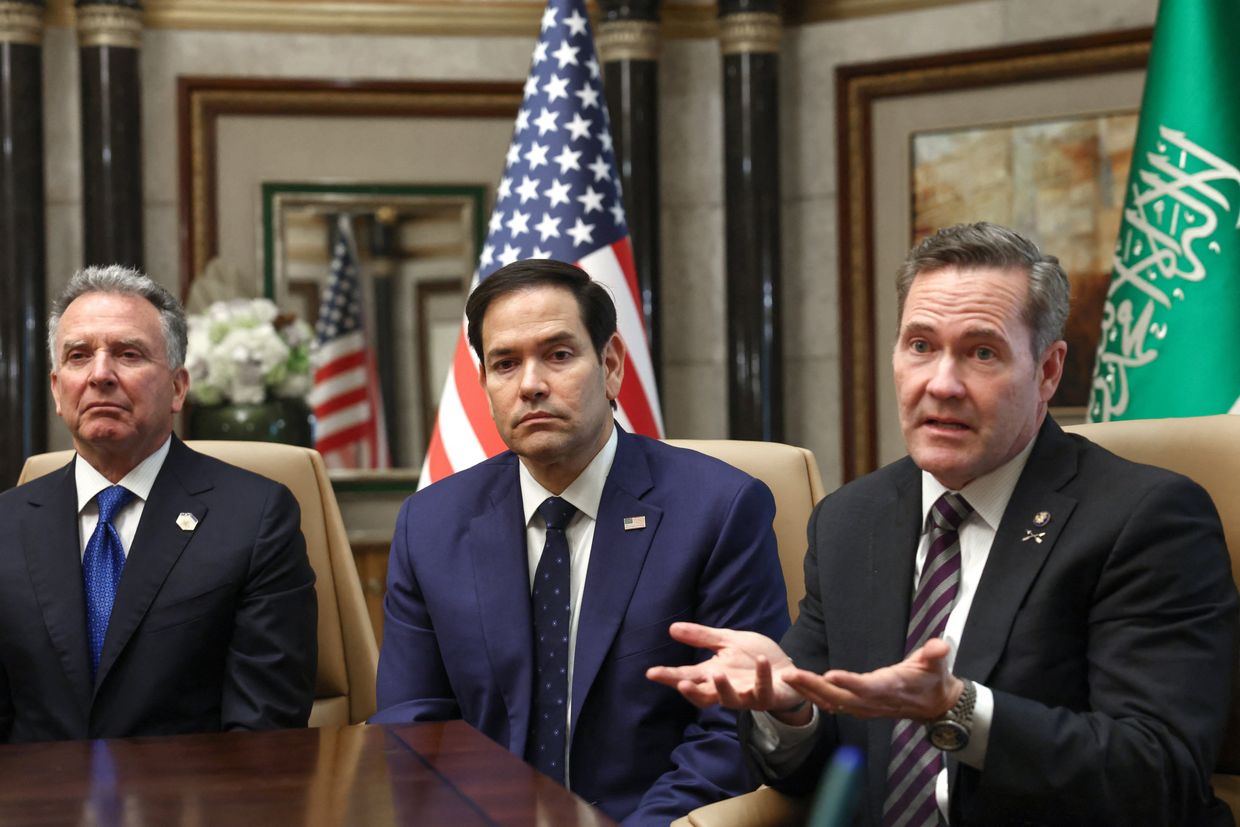
Reuters on April 25 published the full text of a U.S. peace proposal presented by Special Envoy Steve Witkoff to European officials in Paris on April 17, offering the clearest look yet at the Trump administration's plan to end Russia's full-scale war in Ukraine.
The publication also released a counterproposal delivered by Ukrainian and European officials earlier this week. The documents expose disagreements on critical issues, including territorial concessions, sanctions relief, security guarantees, and the size of Ukraine's armed forces.
The U.S. draft includes a provision to legally recognize Russia's 2014 annexation of Crimea and de facto accept Russian control over Ukrainian territory seized since 2022.
In contrast, the European-Ukrainian proposal insists that territorial questions should only be addressed after a full ceasefire and start from the basis of the line of control.
Security guarantees also remain a key dividing line. The U.S. text offers vague language about a "robust security guarantee" for Ukraine to be provided by unspecified European and "friendly" countries. It also requires Kyiv to abandon its bid to join NATO.
The Ukrainian-European proposal calls for reliable, enforceable guarantees from allies — including the U.S. — and rejects limits on Ukraine's military or its ability to host allied forces.
The documents also diverge sharply on sanctions policy. The U.S. plan calls for lifting sanctions imposed on Russia since 2014, including those related to Crimea.
The Ukrainian-European text proposes sanctions relief only after establishing a "sustainable peace" and includes mechanisms to reimpose them if Russia violates any agreement.
Kyiv also calls for the return of all deported and illegally displaced Ukrainian children, which the U.S. proposal does not mention.
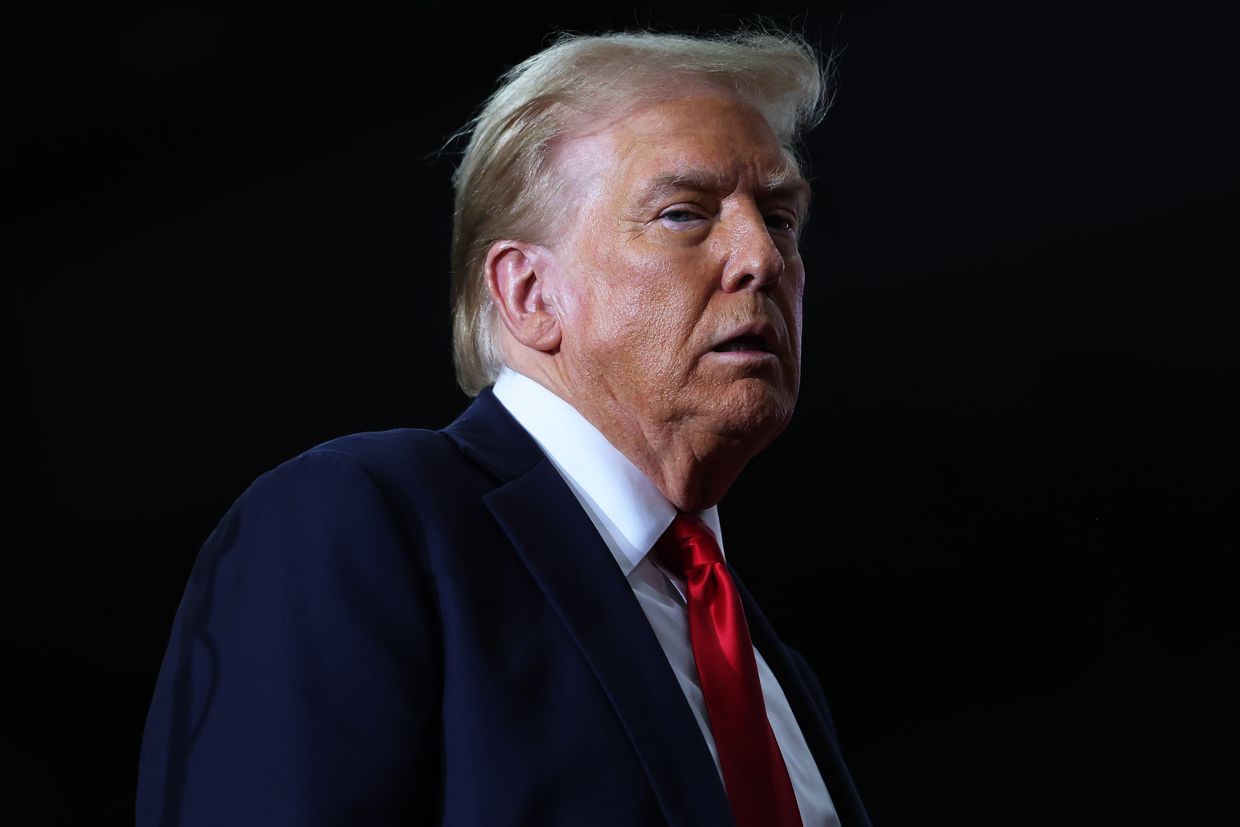
While proposing concessions on core political issues, the U.S. plan does include conditions for Moscow.
It demands that Russia return occupied in 2022 Zaporizhzhia Nuclear Power Plant to Ukrainian control, under U.S. oversight, to provide power to cities on both sides of the front line.
The plan also calls for restoring Ukrainian control over the Kinburn Spit, providing secure passage across the Dnipro River, and reclaiming occupied areas of Kharkiv Oblast — around 200 square kilometers (77 square miles) currently held by Russian forces.
On the economic front, the U.S. draft outlines a future agreement on cooperation and reconstruction, pledging financial support for Ukraine's recovery and infrastructure development.
President Volodymyr Zelensky has firmly rejected any peace terms involving territorial concessions. "This violates our Constitution. This is our territory, the territory of the people of Ukraine," he said on April 22.
Ukraine has already accepted a 30-day ceasefire proposal introduced by the U.S. in March, provided Russia reciprocates. Moscow has so far rejected the ceasefire and continues offensive operations across the front.
Despite promising to end the war swiftly, U.S. President Donald Trump has yet to impose new sanctions or take other steps to pressure the Kremlin.
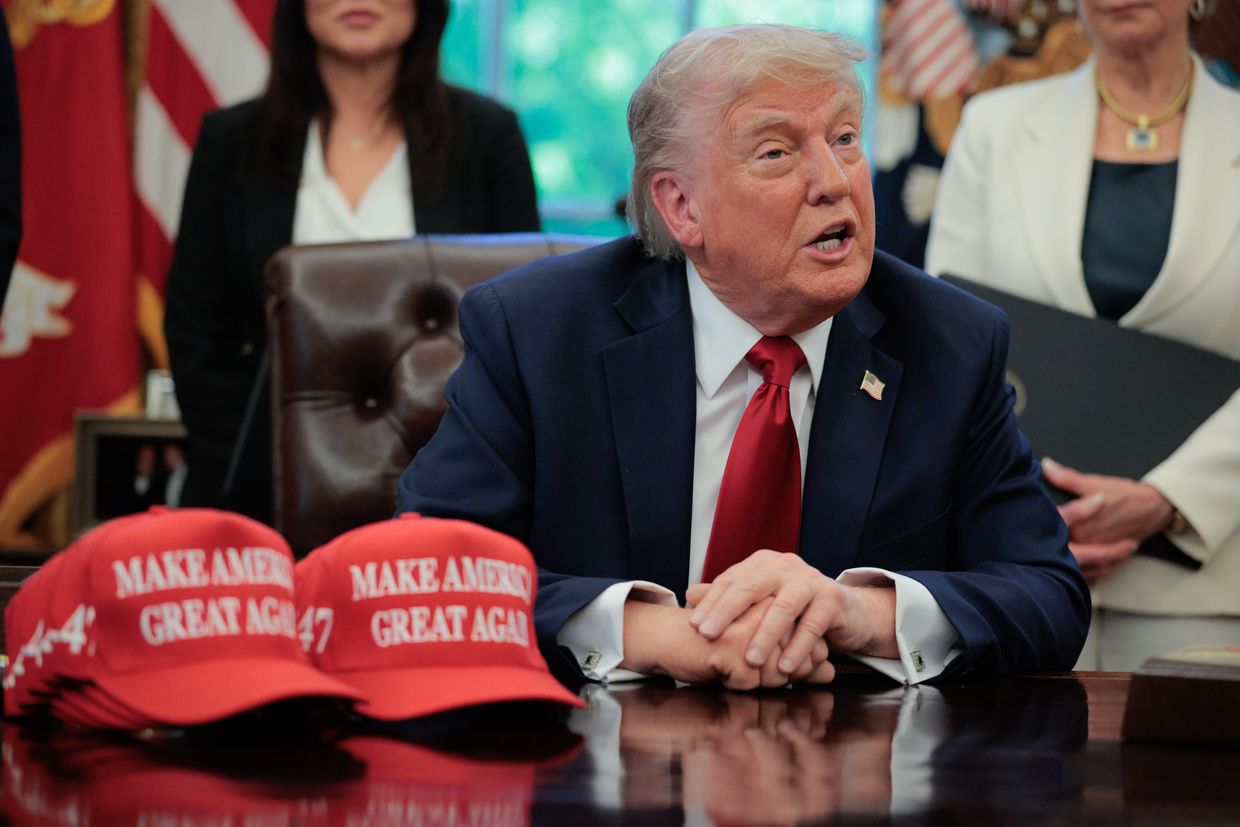
Most Popular
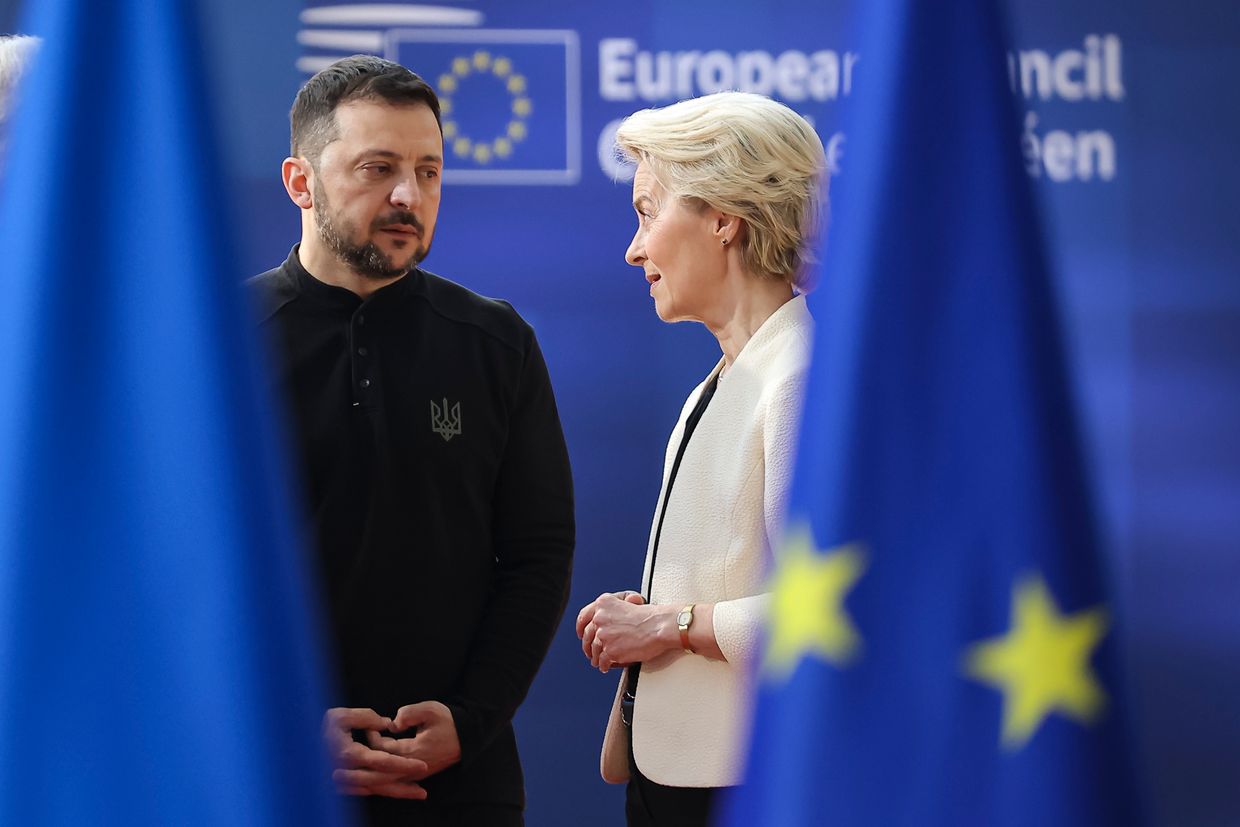
After 3 years of full-scale war in Ukraine, Europe announces plan to ban all Russian gas imports
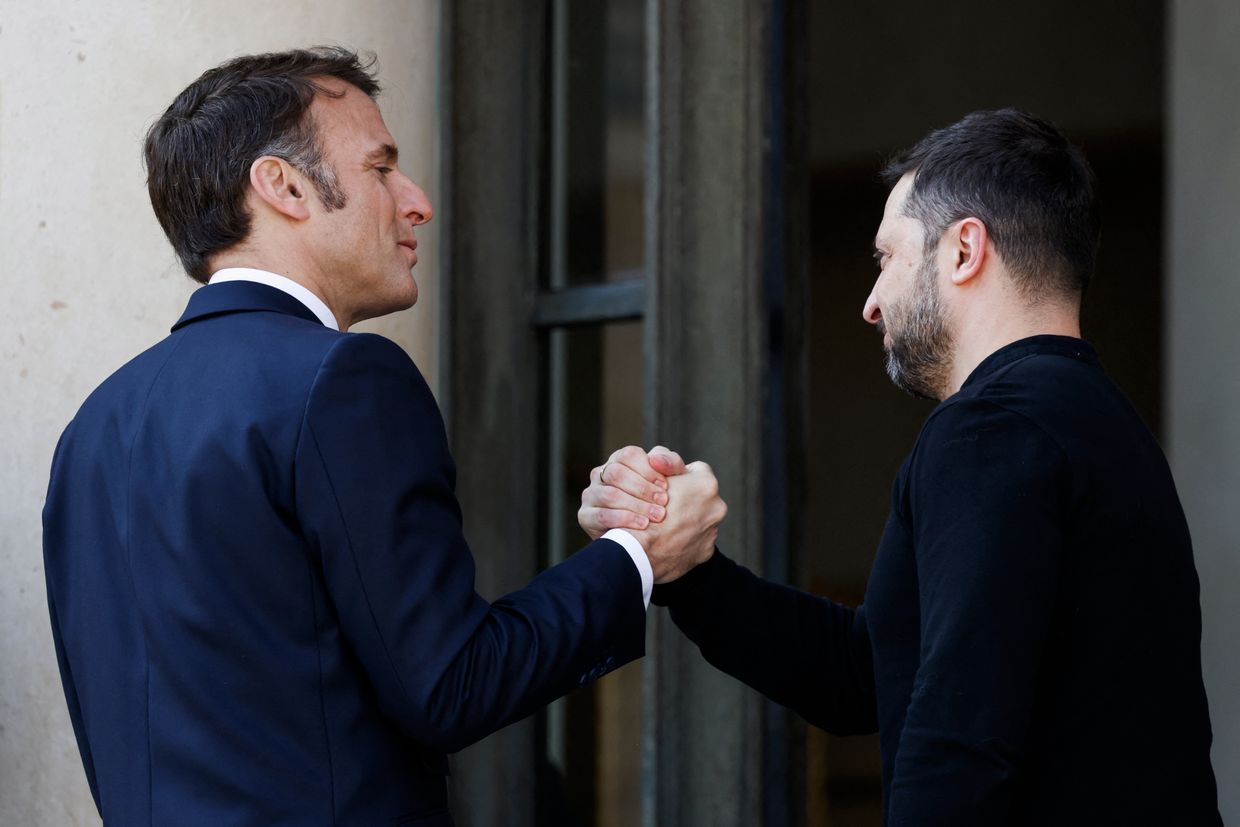
Ukraine, Europe's ceasefire proposal includes US security guarantees, no recognition of Crimea, Reuters reports
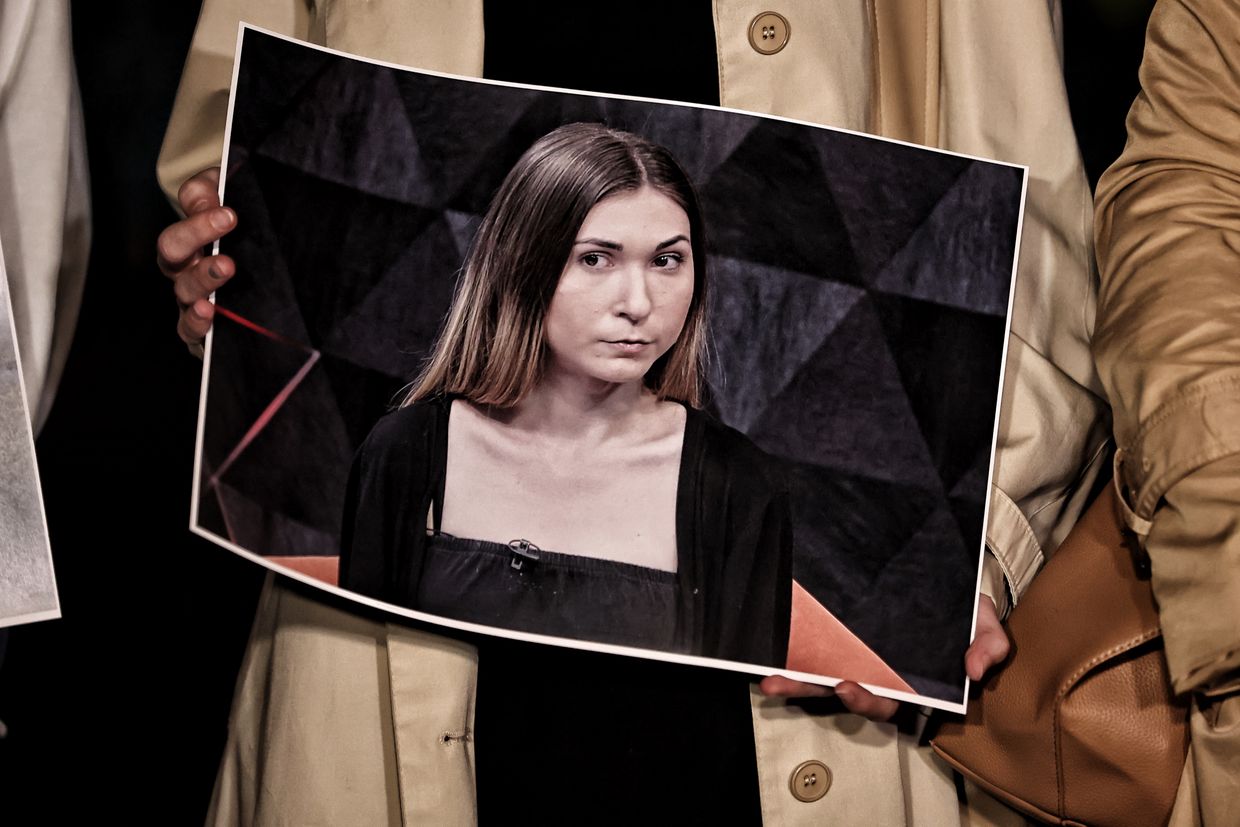
Journalist Roshchyna's body missing organs after Russian captivity, investigation says
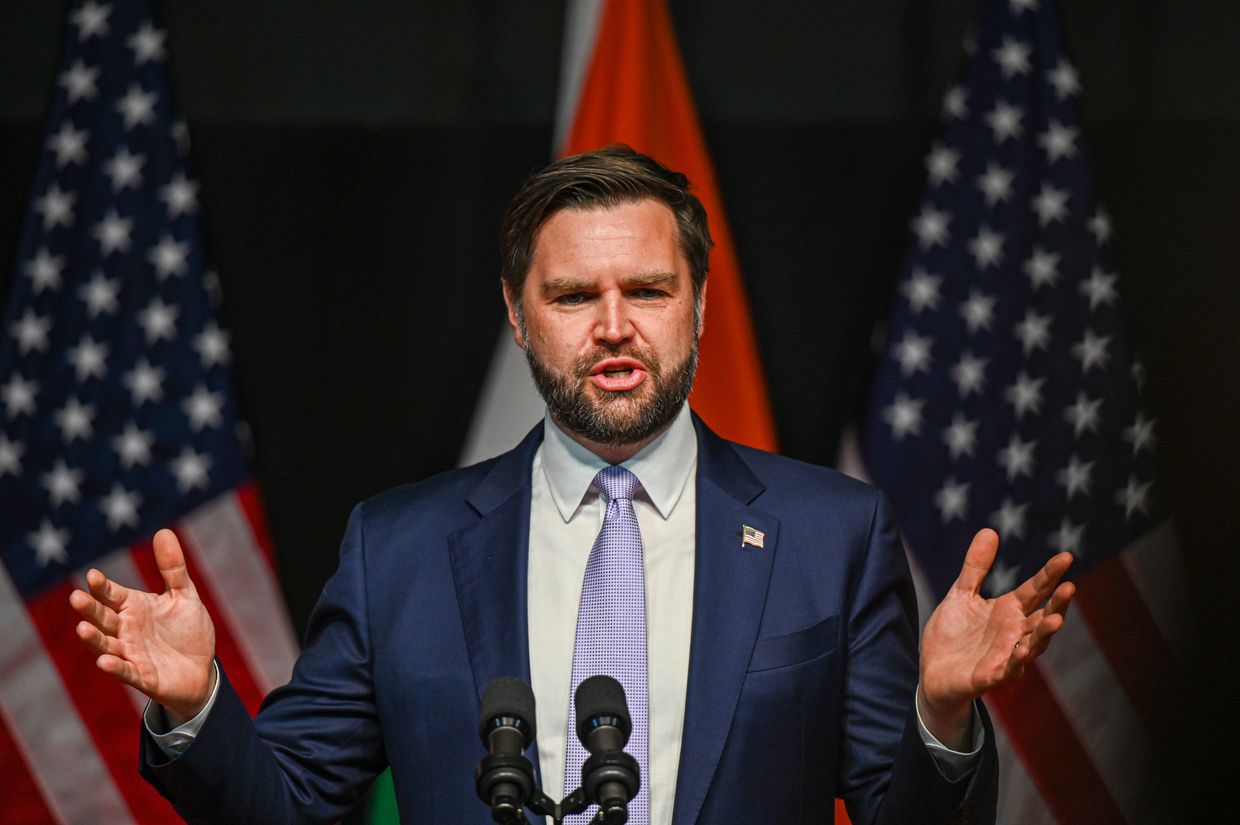
After Russia's deadly attack on Kyiv, Vance reposts denunciation of Zelensky
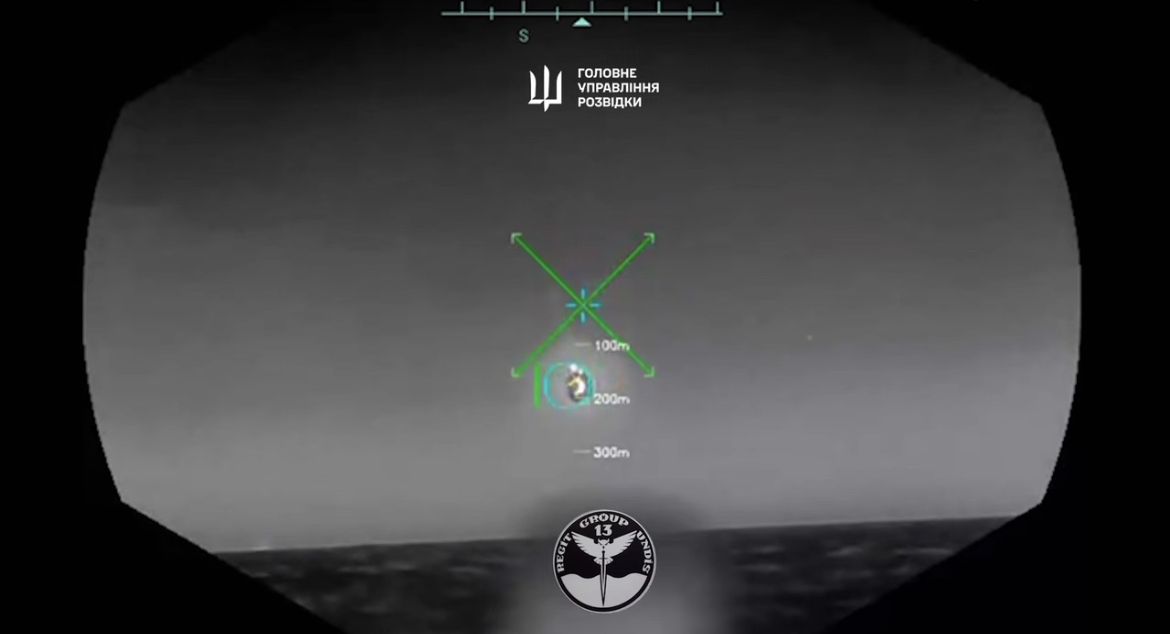
Ukrainian sea drone downs Russian fighter jet in 'world-first' strike, intelligence says
Editors' Picks
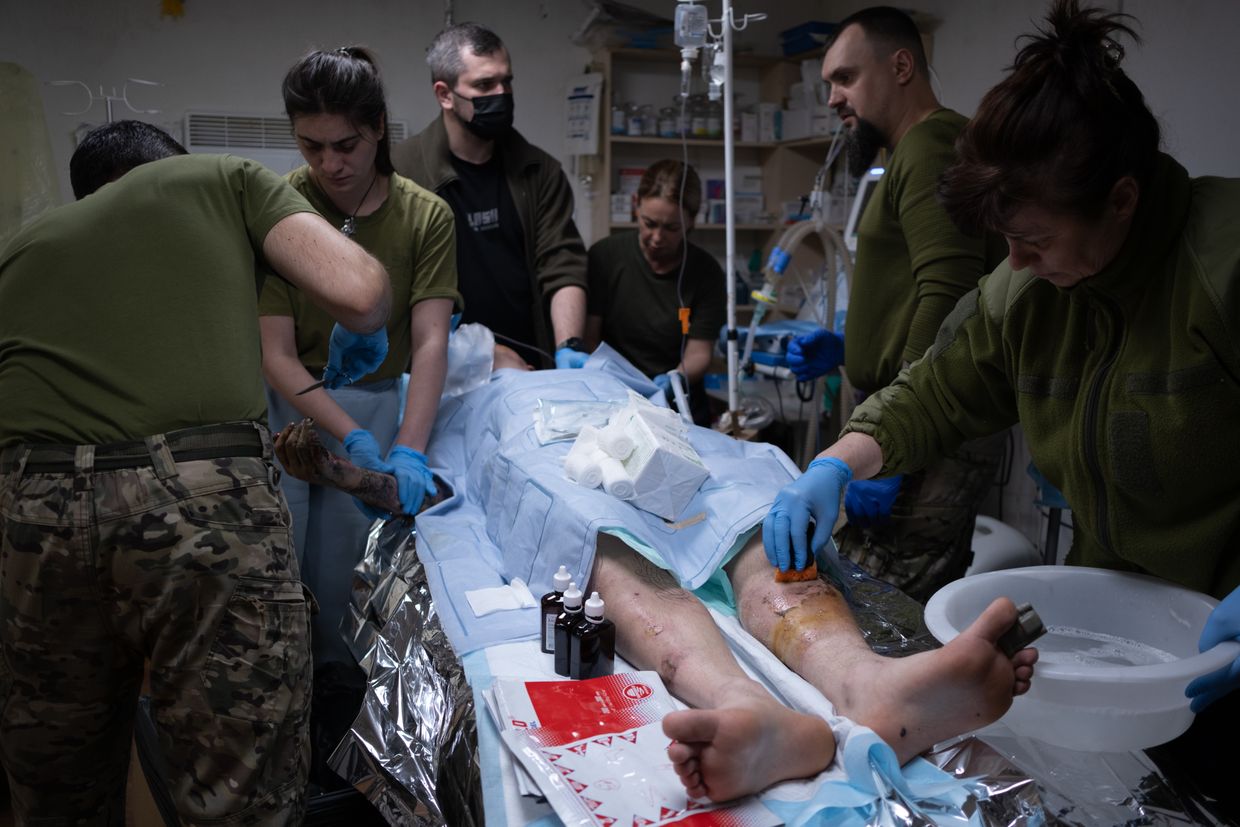
How medics of Ukraine’s 3rd Assault Brigade deal with horrors of drone warfare
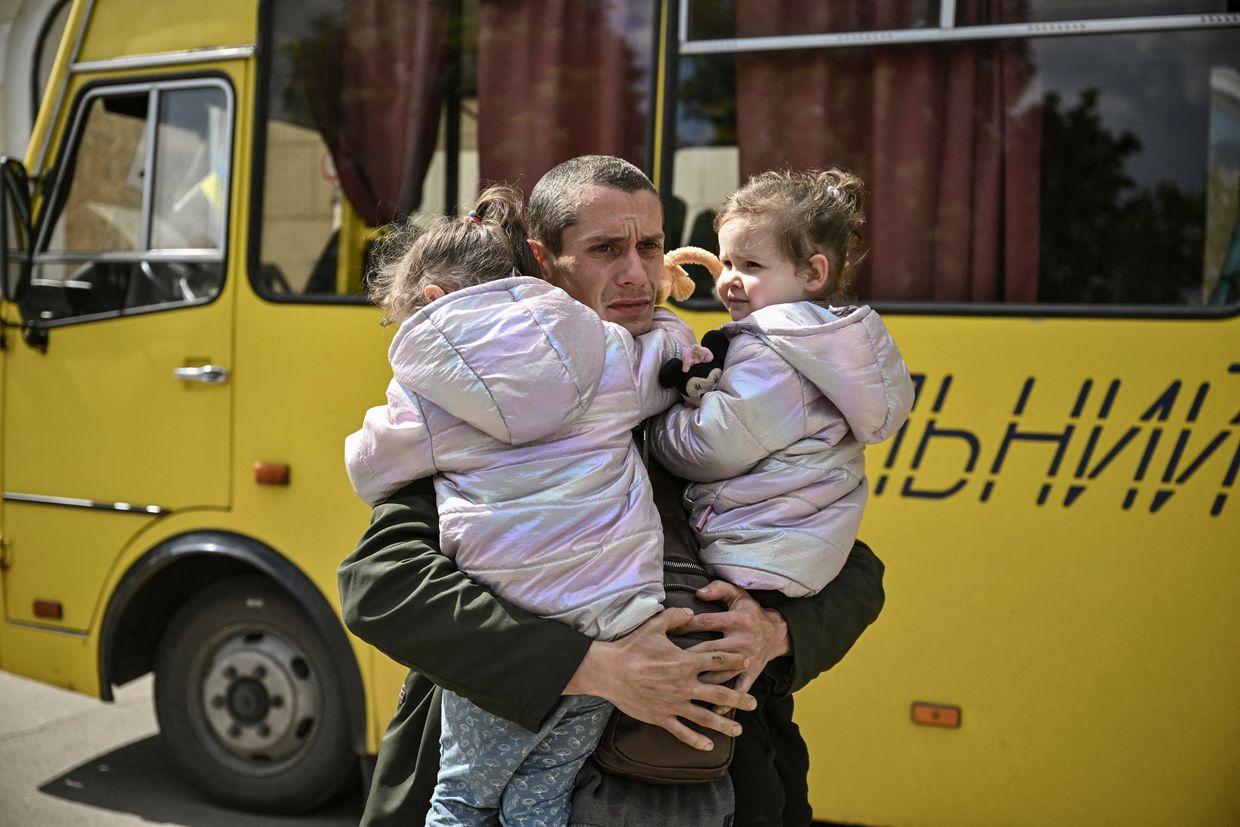
As Russia trains abducted children for war, Ukraine fights uphill battle to bring them home
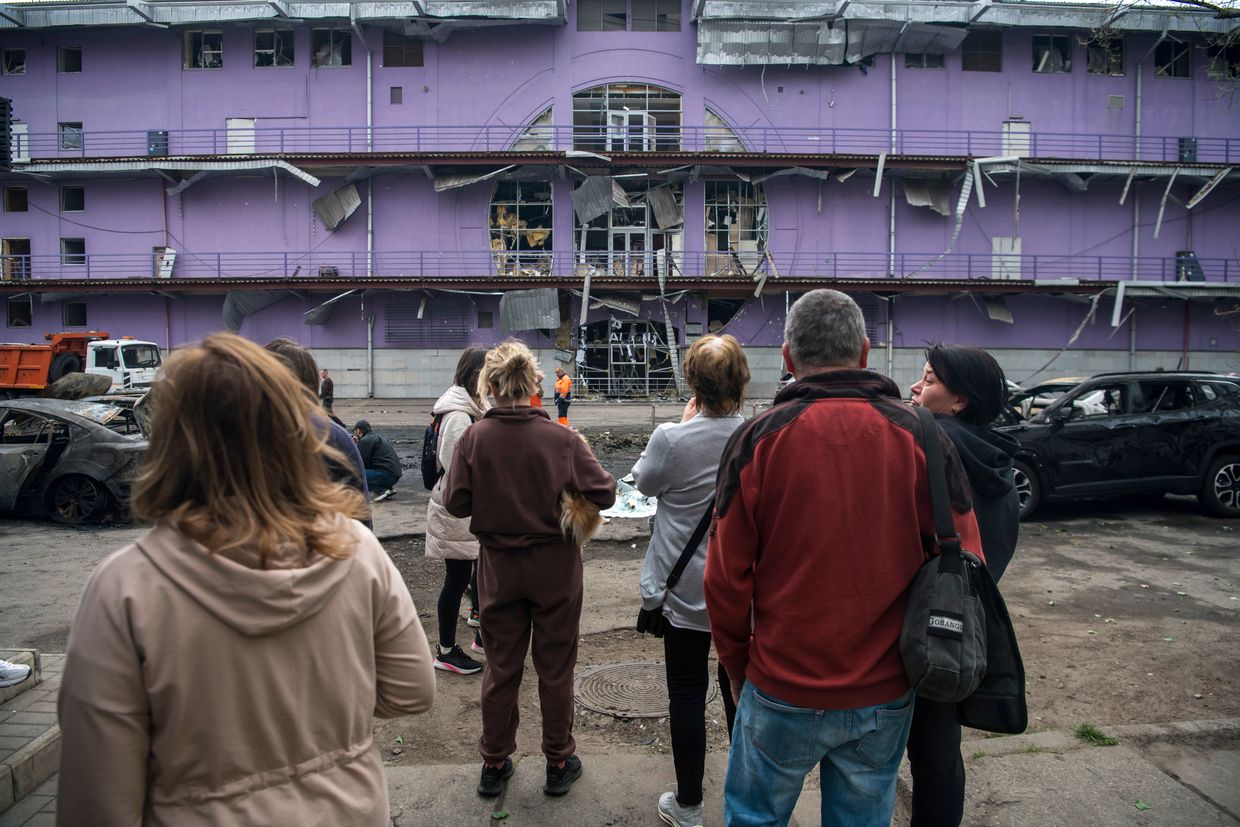
'I just hate the Russians' — Kyiv district recovers from drone strike as ceasefire remains elusive
